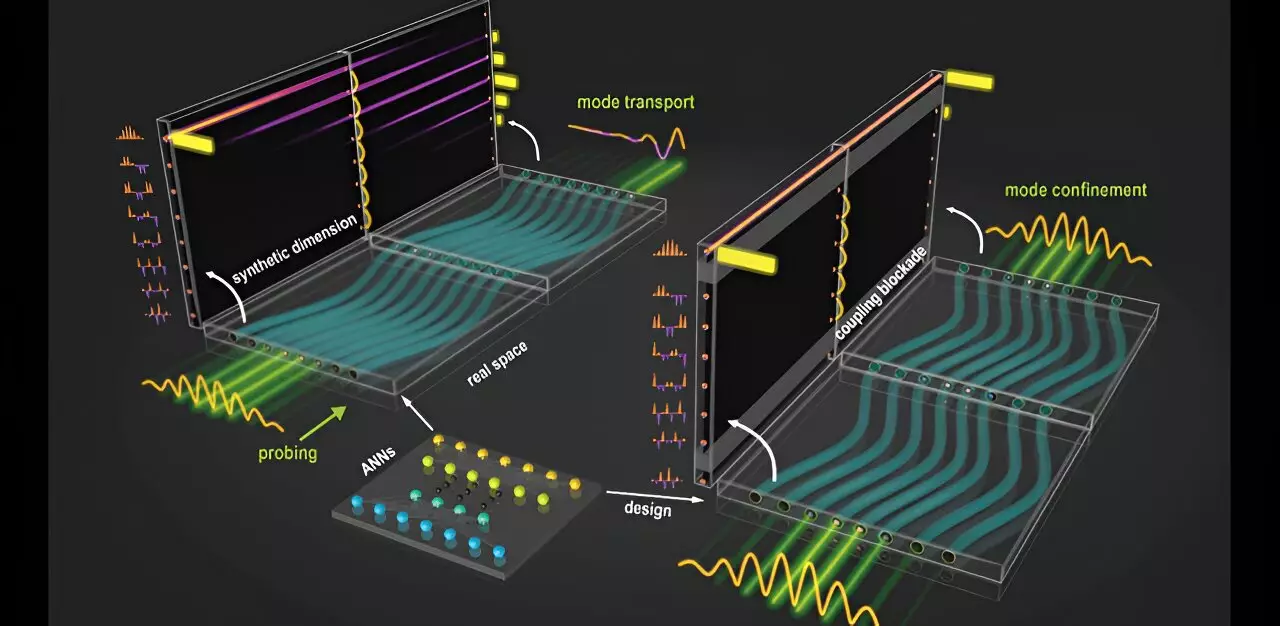In the realm of physics, synthetic dimensions (SDs) have emerged as one of the frontiers of active research, offering a pathway to explore phenomena in higher-dimensional spaces, beyond our conventional 3D geometrical space. The concept has garnered significant attention, especially in topological photonics, due to its potential to unlock rich physics inaccessible in traditional dimensions.
Researchers have proposed various theoretical frameworks to study and implement SDs, aiming at harnessing phenomena like synthetic gauge fields, quantum Hall physics, discrete solitons, and topological phase transitions in four dimensions or higher. Those proposals could lead to new fundamental understandings in physics.
One of the primary challenges in conventional 3D space is the experimental realization of complex lattice structures with specific couplings. SDs offer a solution, by providing a more accessible platform for creating intricate networks of resonators with anisotropic, long-range, or dissipative couplings.
This capability has already led to groundbreaking demonstrations of non-Hermitian topological winding, parity-time symmetry, and other phenomena. A variety of parameters or degrees of freedom within a system can be used to construct SDs, promising for applications in diverse fields ranging from optical communications to topological insulator lasers.
Now, as reported in Advanced Photonics, an international team of researchers has created customizable arrays of waveguides to establish synthetic modal dimensions. This advance allows for effective control of light in a photonic system, without the need for complicated extra features like nonlinearity or non-Hermiticity.
In their work, the researchers modulate perturbations for propagations that match the differences between different modes of light. They employ artificial neural networks (ANNs) to design waveguide arrays in real space, training them to create setups with desired mode patterns.
Designing Special Photonic Lattice Structures
The researchers demonstrate the use of ANNs to design a special type of photonic lattice structure called a Su-Schrieffer-Heeger (SSH) lattice. This lattice enables topological control of light throughout the system, showcasing the unique properties of synthetic dimensions.
By fine-tuning waveguide distances and frequencies, the researchers aim to optimize the design and fabrication of integrated photonic devices. This work offers a glimpse into geometrically inaccessible physics, holding promise for applications ranging from mode lasing to quantum optics and data transmission.
The interplay of topological photonics and synthetic dimension photonics empowered by ANNs opens new possibilities for discoveries that may lead to unprecedented materials and device applications. Professor Zhigang Chen of Nankai University and Professor Hrvoje Buljan of University of Zagreb both recognize the potential for groundbreaking advancements in the field.



Leave a Reply